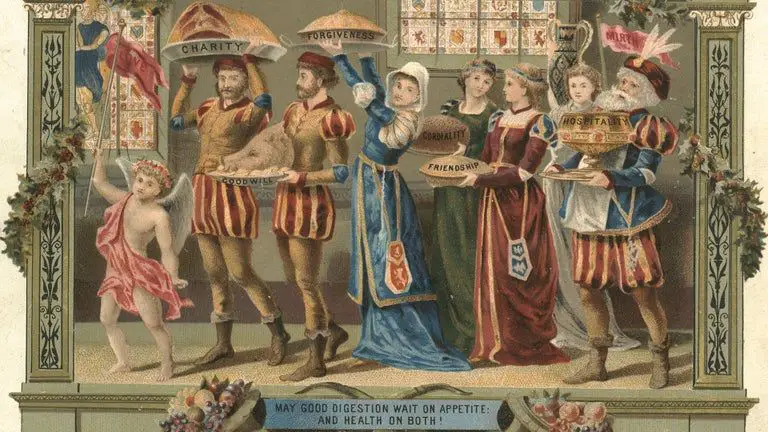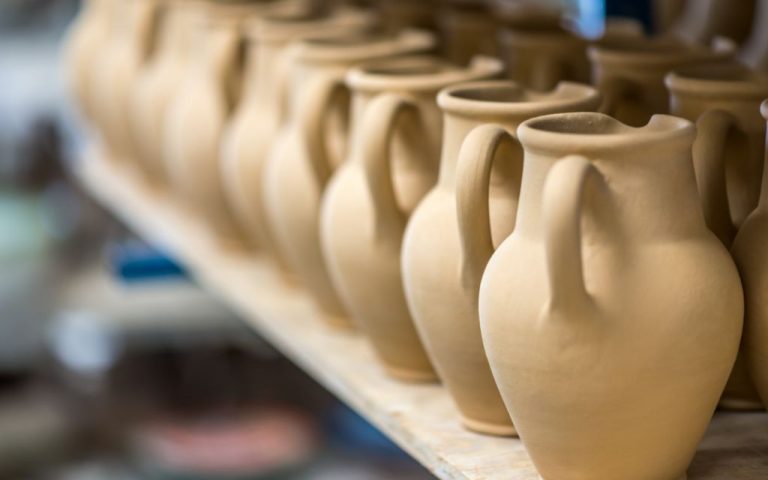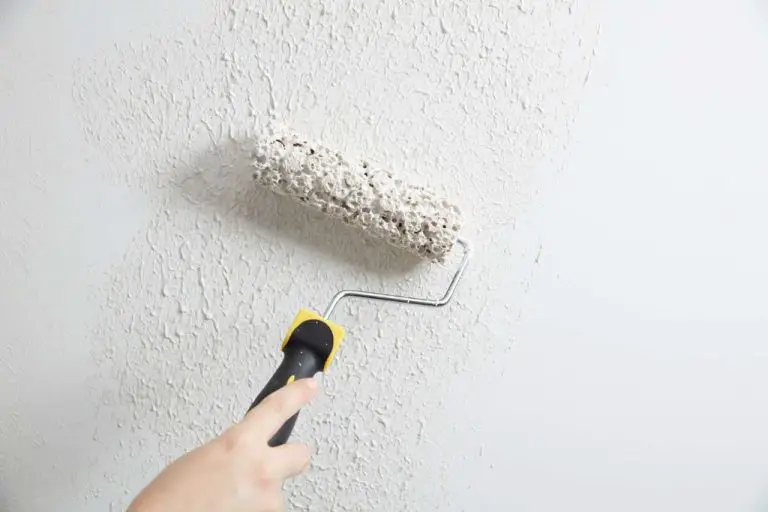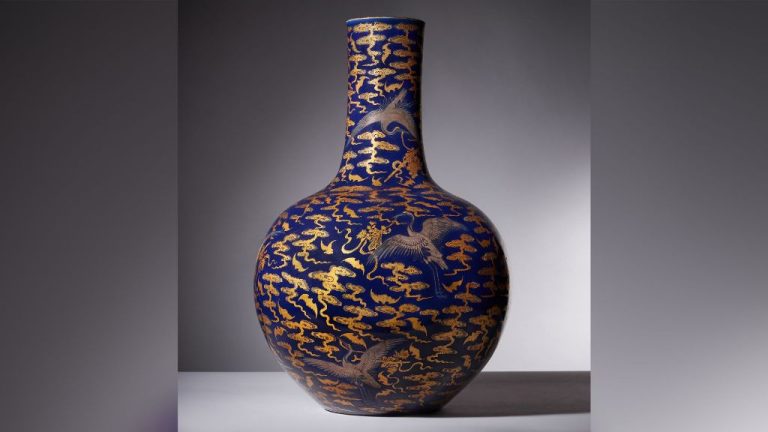Why Do We Put Christmas Decorations Up 12 Days Before Christmas?
Christmas is the most wonderful time of the year, and many people start prepping early. In fact, according to the National Retail Federation, 46% of Americans already have their Christmas tree up by Thanksgiving weekend. The holiday season brings out joy and festivities, so it’s understandable why some eagerly put up Christmas decorations well before December 25th. But where does this tradition of decorating 12 days before Christmas come from? Let’s take a look at the history and reasons behind this beloved custom.
History of the 12 Days of Christmas
The 12 days of Christmas originate from the
Twelve Days festive celebration in medieval and Tudor England. The Twelve Days are defined as the period from Christmas Day (December 25) through Epiphany (January 6), which is also known as Three Kings’ Day or the Feast of the Epiphany.

During the Twelve Days, people in England would celebrate Christmas for the entire stretch. As described by English Heritage, “The Twelve Days were celebrated with feasting and parties – though not necessarily non-stop! Often, servants would be given time off and there were parties, visiting friends, giving presents and playing games. Houses and churches were decorated with holiday greenery.”
The Twelve Days held religious significance and marked the interval from Christ’s birth to the visit of the Three Magi. The English also celebrated with feasting and revelry throughout this joyous period leading up to the Epiphany.
Religious Meaning
The 12 days of Christmas hold religious significance for many Christians as it marks the time period between the birth of Jesus Christ on December 25th and the visit of the Three Wise Men to baby Jesus on January 6th, known as Epiphany or Three Kings’ Day [1]. This spans from Christmas Day until January 5th.
These 12 days represent the time it took for the wise men to travel to Bethlehem after seeing the star that heralded Jesus’ birth. According to the Gospel of Matthew, “the star which they had seen in the east went before them, till it came and stood over where the young Child was.” The 12 days now symbolize the journey the Magi took to visit baby Jesus.
For many Christians, this 12-day period is seen as a time to celebrate the birth of Jesus Christ as the savior of the world, as well as commemorate the gifts of gold, frankincense and myrrh that the wise men brought to honor him. Churches often hold special services and events between December 25th and January 6th to mark the religious observance.
Taking Down Decorations
Traditionally, Christmas decorations are taken down on Twelfth Night or Epiphany, which falls on January 5th or 6th depending on the tradition. This date marks the end of the 12 days of Christmas and the day the three wise men visited baby Jesus. Many Christians believed it was bad luck to leave decorations up past this date.
According to English folklore, decorations were to be removed by Twelfth Night or there would be bad luck for the rest of the year. Some believed spirits resided in the decorations and branches of evergreens. These spirits would be released into the house at the end of the 12 days of Christmas and could cause mischief if not removed promptly.
Nowadays, Twelfth Night is less strictly observed. Many people start taking down decorations over New Year’s and finish after Epiphany. However, some still follow the tradition of packing everything away promptly on January 5th or 6th. According to House Beautiful, January 5th remains the traditional date for taking decorations down in the UK.
Sources:
When to take your Christmas tree down: Twelfth Night …
Before I get caught out again, when exactly is Twelfth Night …
Modern Traditions
Nowadays, most people put up Christmas decorations much earlier than the traditional 12 days before the holiday. According to a survey by House Beautiful, most people put up their decorations before the end of November, with 36% decorating before Thanksgiving and 21% decorating the weekend after Thanksgiving. Only about 1 in 10 wait until after December 12 to decorate.
There are a few reasons for this new tradition of decorating early:
- Many people want to get a head start on preparing for the holidays, so they decorate their homes weeks in advance. This gives them more time to deck out their homes elaborately.
- Putting up festive decorations early helps spread holiday cheer and excitement. Many families, especially those with kids, enjoy celebrating the spirit of Christmas for a longer period.
- The trend of stores selling holiday merchandise earlier and earlier, sometimes even before Halloween, has led to “Christmas creep.” This consumer phenomenon makes people feel like it’s time for holiday decor once merchandise hits shelves.
While Christmas tradition once dictated waiting until 12 days before the holiday, many households today begin decorating in November to maximize their enjoyment of the Christmas season.
Bringing Early Holiday Cheer
Putting up Christmas decorations early can bring a sense of nostalgia and excitement for the upcoming holidays. Research has shown psychological benefits to decorating for Christmas early. One study published by the Journal of Environmental Psychology found that early Christmas decorations enhance the overall excitement for the holidays by extending the festive spirit over a longer period of time. The visible signs of decorations help stimulate childhood nostalgia, bringing back those warm and fuzzy feelings from the past. This helps increase overall happiness and holiday cheer.
Jump Start on Holiday Prep
One reason many people start putting up their holiday decorations well before December is to get a jump start on preparations and tasks associated with the holiday season. According to a 2017 study reported by Today.com, an early start to decorating allows people to spread out the work associated with holiday celebrations, reducing stress and getting more time to enjoy the decorations themselves (https://www.today.com/health/decorating-christmas-early-makes-you-happier-science-says-t119186). By putting up decorations early, families can take their time decorating the tree, hanging lights and garland, setting up outdoor inflatables, and more. Rather than a stressful rush in late December, starting in mid-November allows a more relaxed pace.
Another benefit of early decorating is enjoying the special ambiance and festivity of Christmas decor for a larger portion of the season, as noted by All People Quilt. Putting decorations up 12 days ahead makes it possible to delight in them for weeks leading up to Christmas, which can help spread out and extend the holiday spirit (https://www.allpeoplequilt.com/news/5-reasons-to-decorate-for-christmas-earlier). Getting a head start allows families to fully embrace the sights, sounds, and magic of Christmas for nearly a month rather than just a couple busy weeks near the 25th.
Christmas Creep
“Christmas creep” refers to the commercialization of Christmas and the ever-earlier spread of holiday merchandising and decorations. Many retailers and businesses exploit Christmas commercialism by promoting Christmas-themed merchandise well in advance of the traditional holiday season.
According to Wikipedia, Christmas creep is a merchandising phenomenon in which Christmas-themed merchandise and decorations appear on sale long before the actual holiday. Retailers introduce Christmas decorations and marketing efforts earlier each year, spreading “Christmas creep.” This commercial exploitation of Christmas seeks to lengthen the shopping season and maximize Christmas sales and profits for retailers.
An article in the Washington Post discusses how “Christmas creep is real” and many retailers start holiday merchandising and decorating earlier and more intensely each year. The article notes that Christmas displays and decorations are being put up increasingly early to lure shoppers and boost holiday sales.
When to Put Up Decorations
There are varying opinions on when is the best time to start decorating for Christmas. Some experts recommend waiting until after Thanksgiving, as this allows everyone to fully enjoy that holiday before moving into Christmas mode. However, there is no definitive rule, and many families start putting up decorations in early to mid November.
According to Wedgwood, an early November start date for decorating gives you plenty of time to prepare and get into the holiday spirit. Southern Living notes that those eager to decorate can start putting up Christmas trees and other decorations as early as December 1st. While some may view this as too early, it allows Christmas enthusiasts to spread out their decorating and preparation over a longer period.
Ultimately, the ideal time to start decorating comes down to personal preference. While some families adamantly wait until after Thanksgiving, others take joy in decorating for Christmas in November or earlier. The month-long lead up to Christmas allows more time to enjoy the lights, trees, and decorations that make the season special for many families.
Conclusion
The tradition of putting up Christmas decorations 12 days before the holiday stems from the religious origins of the 12 Days of Christmas. Though the exact meaning behind the 12 days is debated, they likely represent the time between Jesus’ birth on December 25 and the coming of the Magi to visit the Christ child on January 6, known as Epiphany or Three Kings’ Day.
While the religious reasons for the 12 day count down to Christmas may not hold as much meaning for all in the modern era, the tradition continues as many enjoy the nostalgia and excitement of Christmas decorations. Putting up lights, trees, and other decorations nearly two weeks before Christmas brings an early festive feel and gives people more time to enjoy holiday adornments. The practice also provides a head start on decorating tasks and allows people to avoid feeling rushed.
Though some criticize the ever-earlier appearance of Christmas decor as “Christmas creep,” many cherish the chance to begin seasonal celebrations sooner. When we choose to decorate likely comes down to personal preference, family traditions, and the joy we feel in preparing for the holidays.






